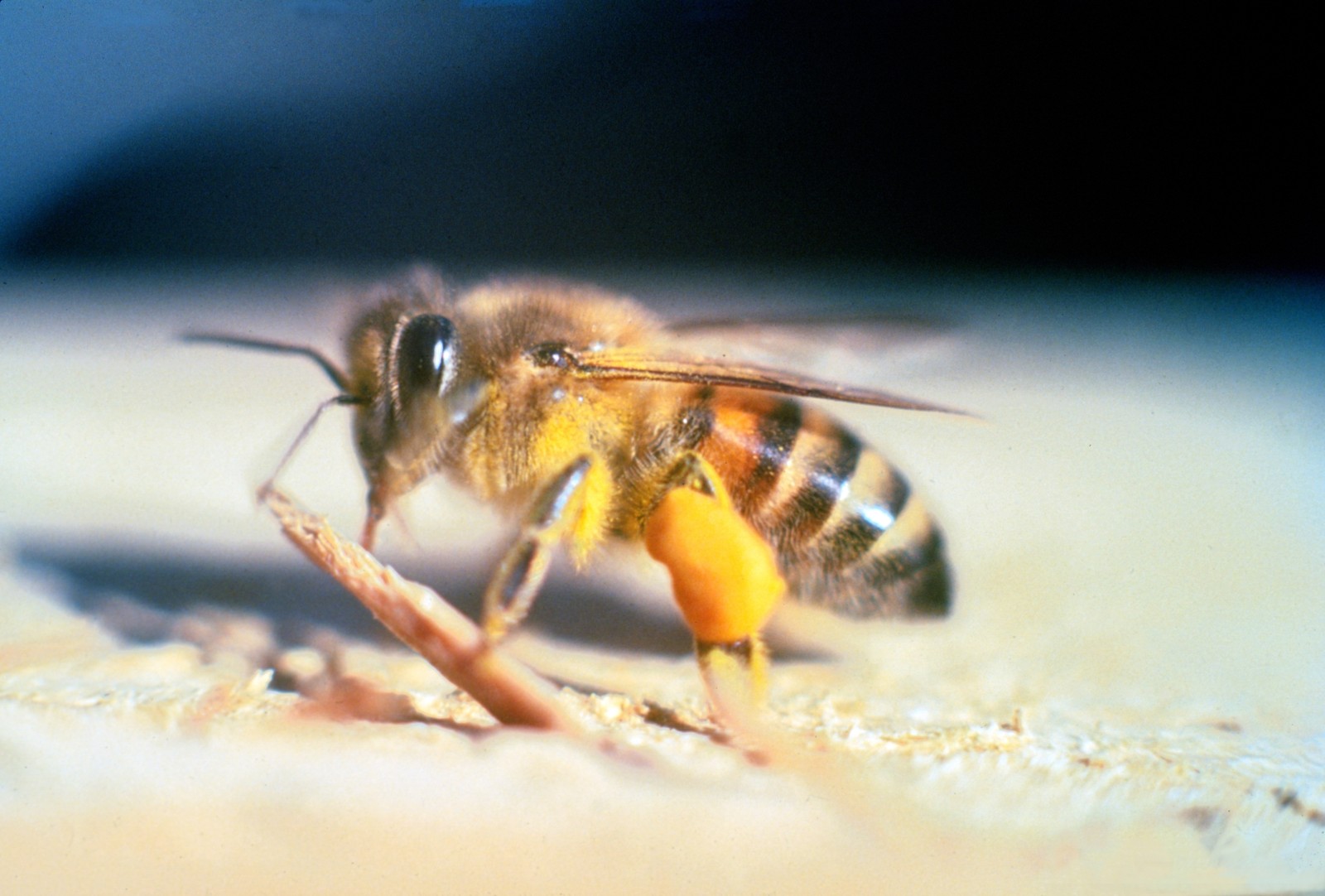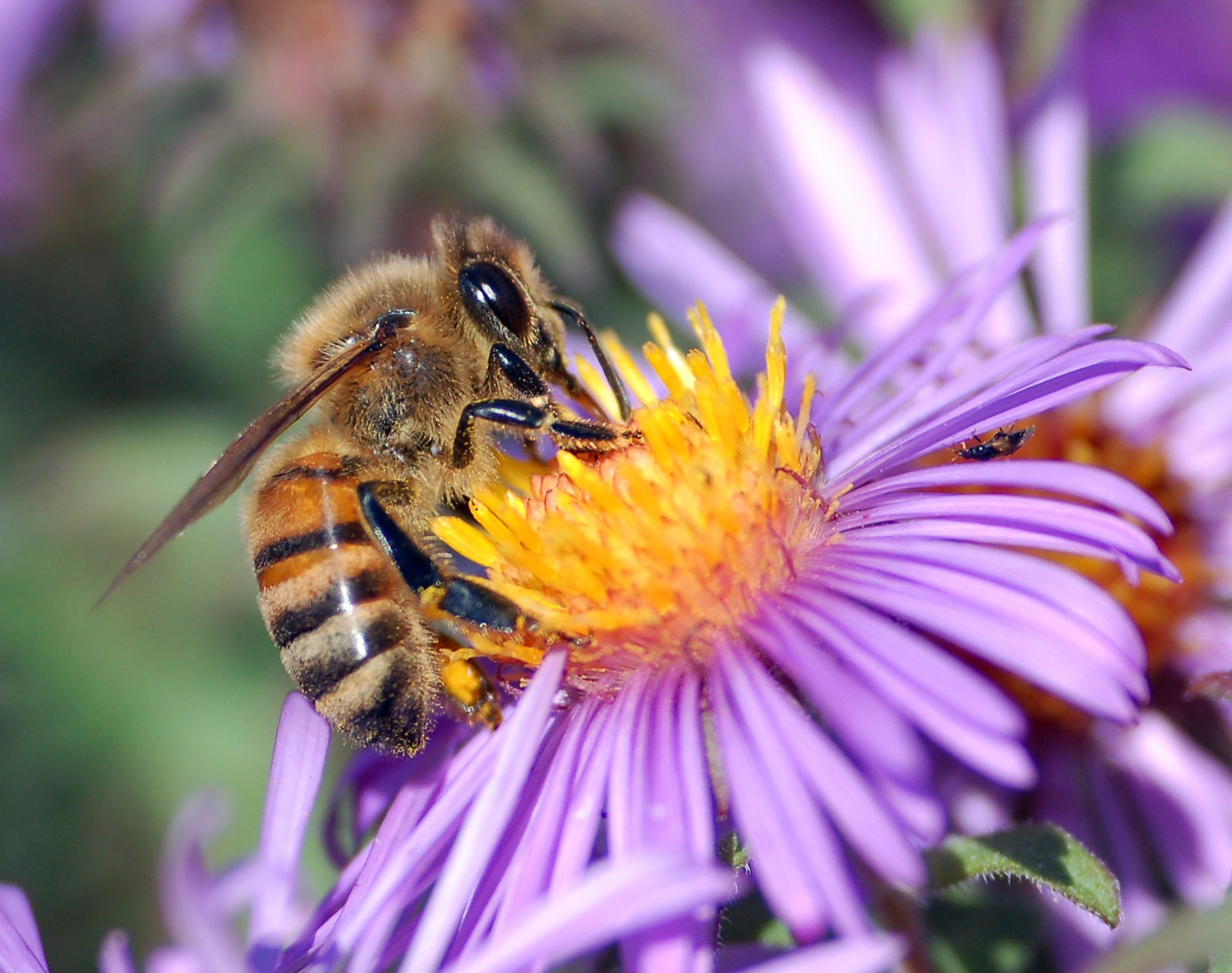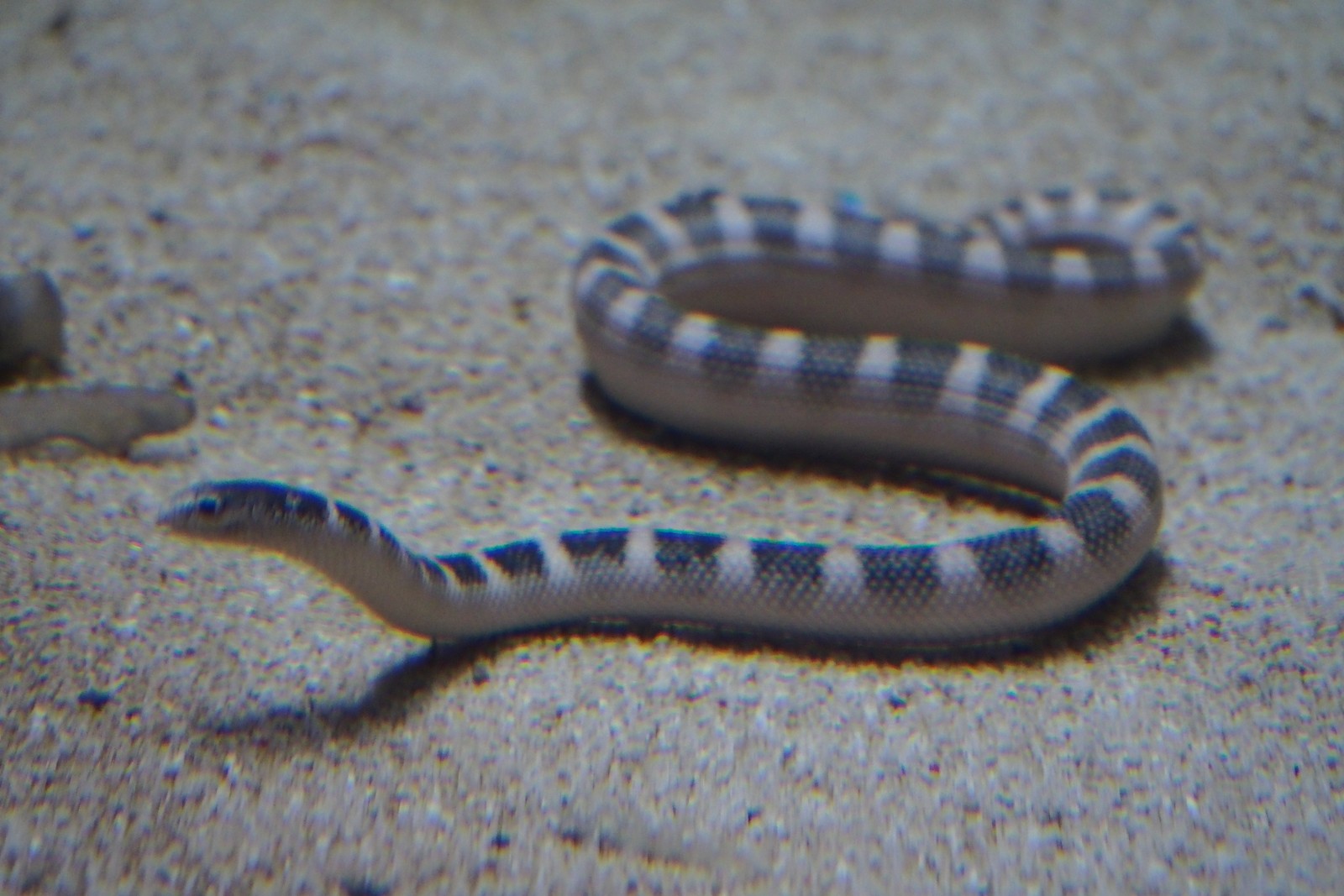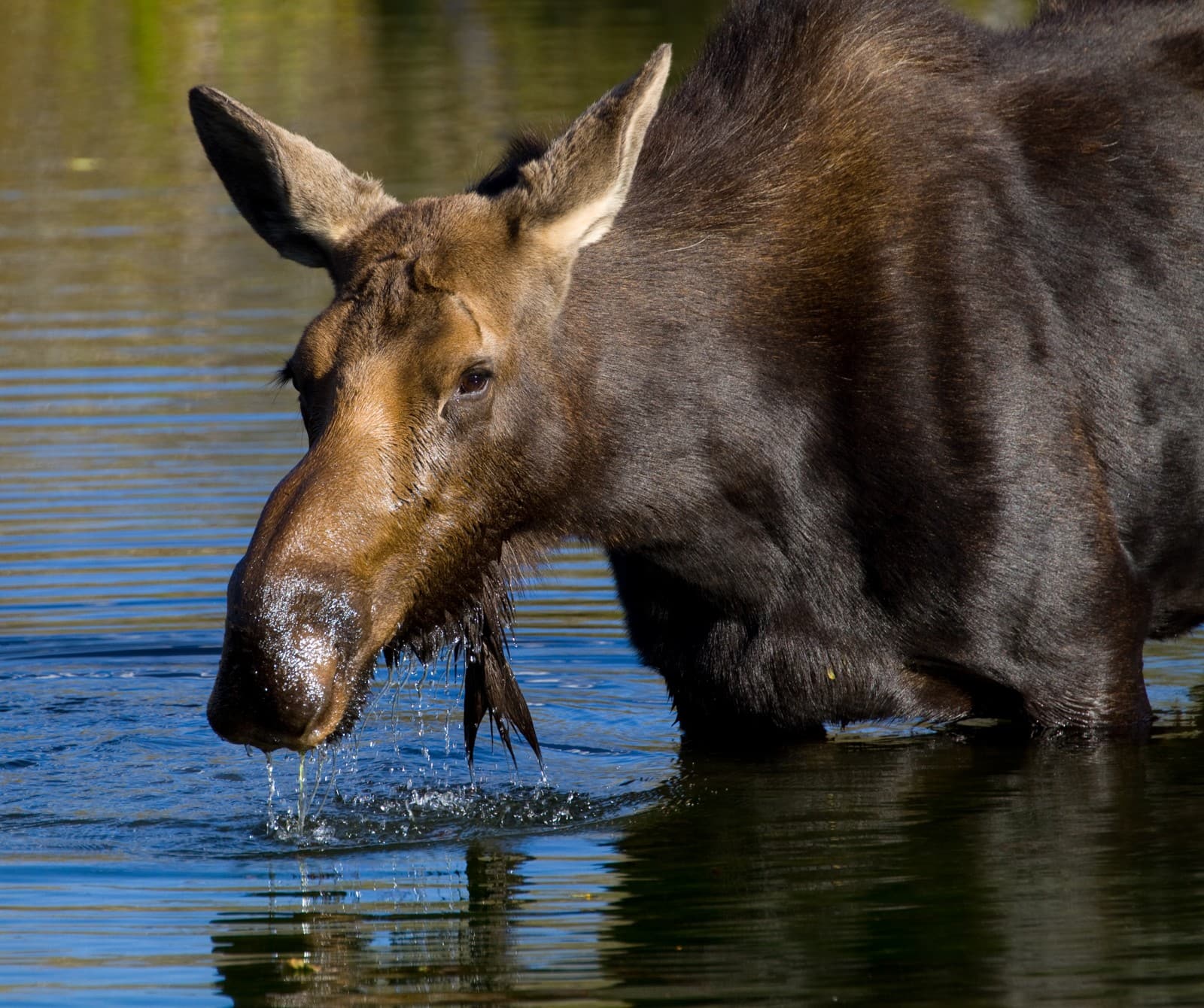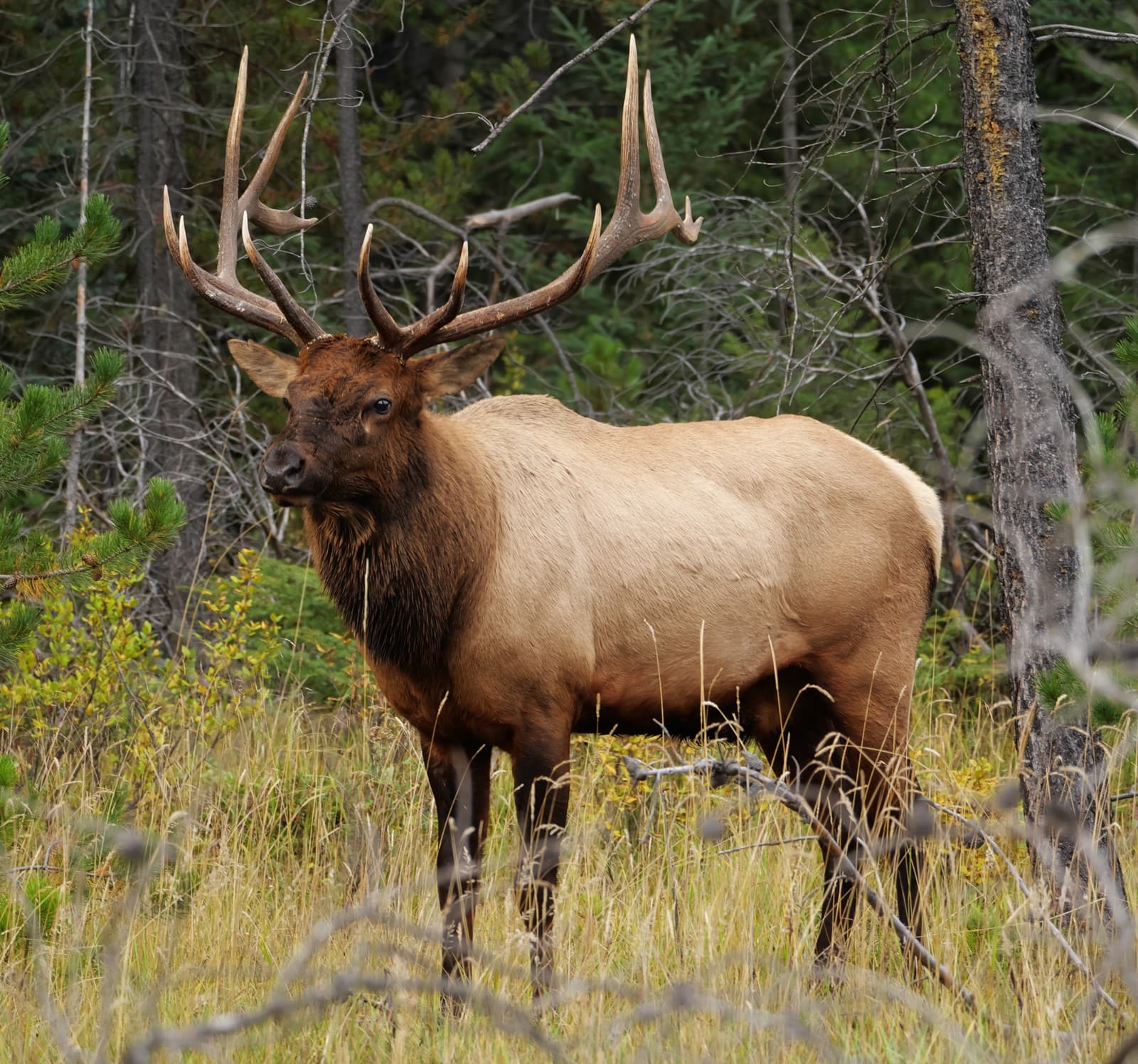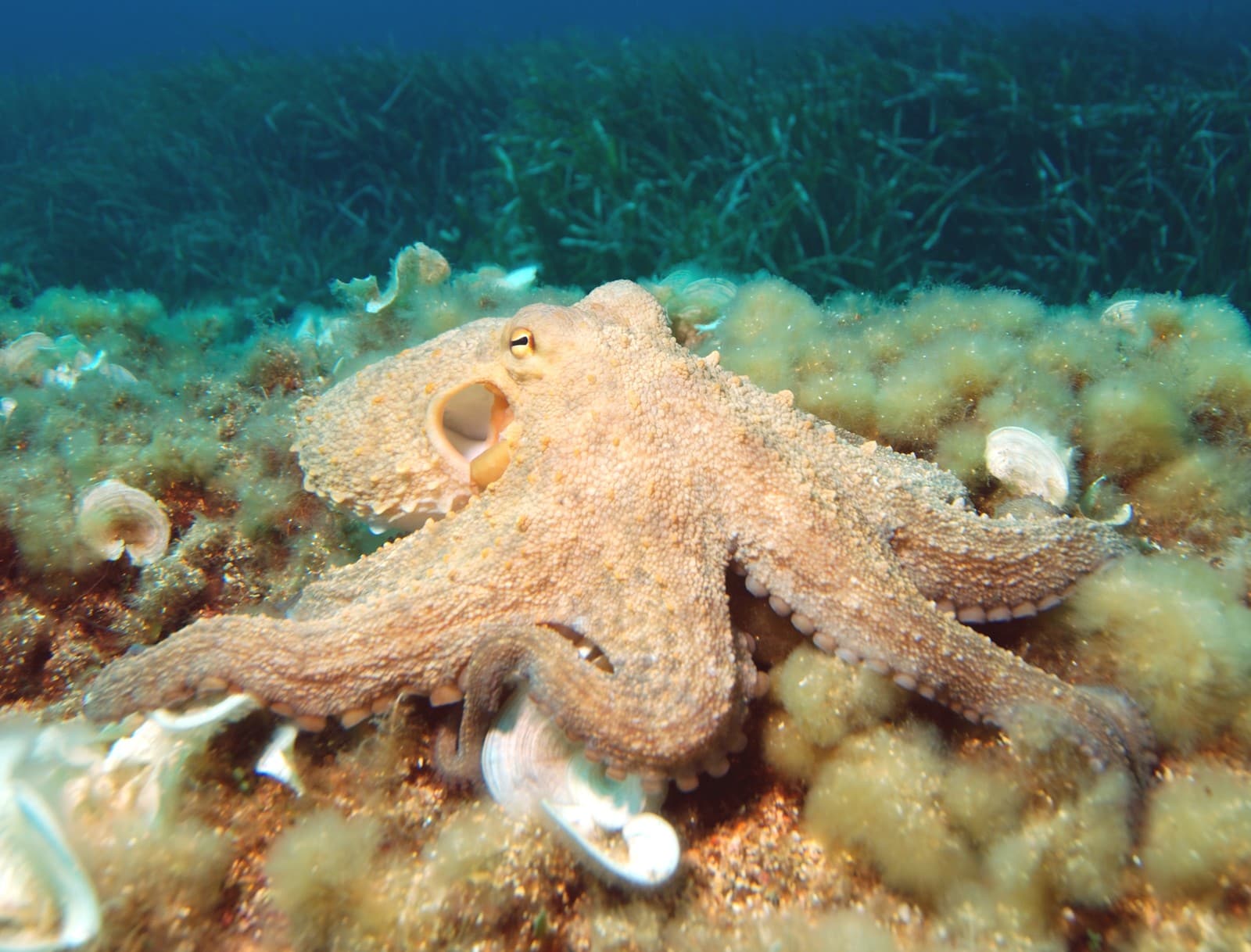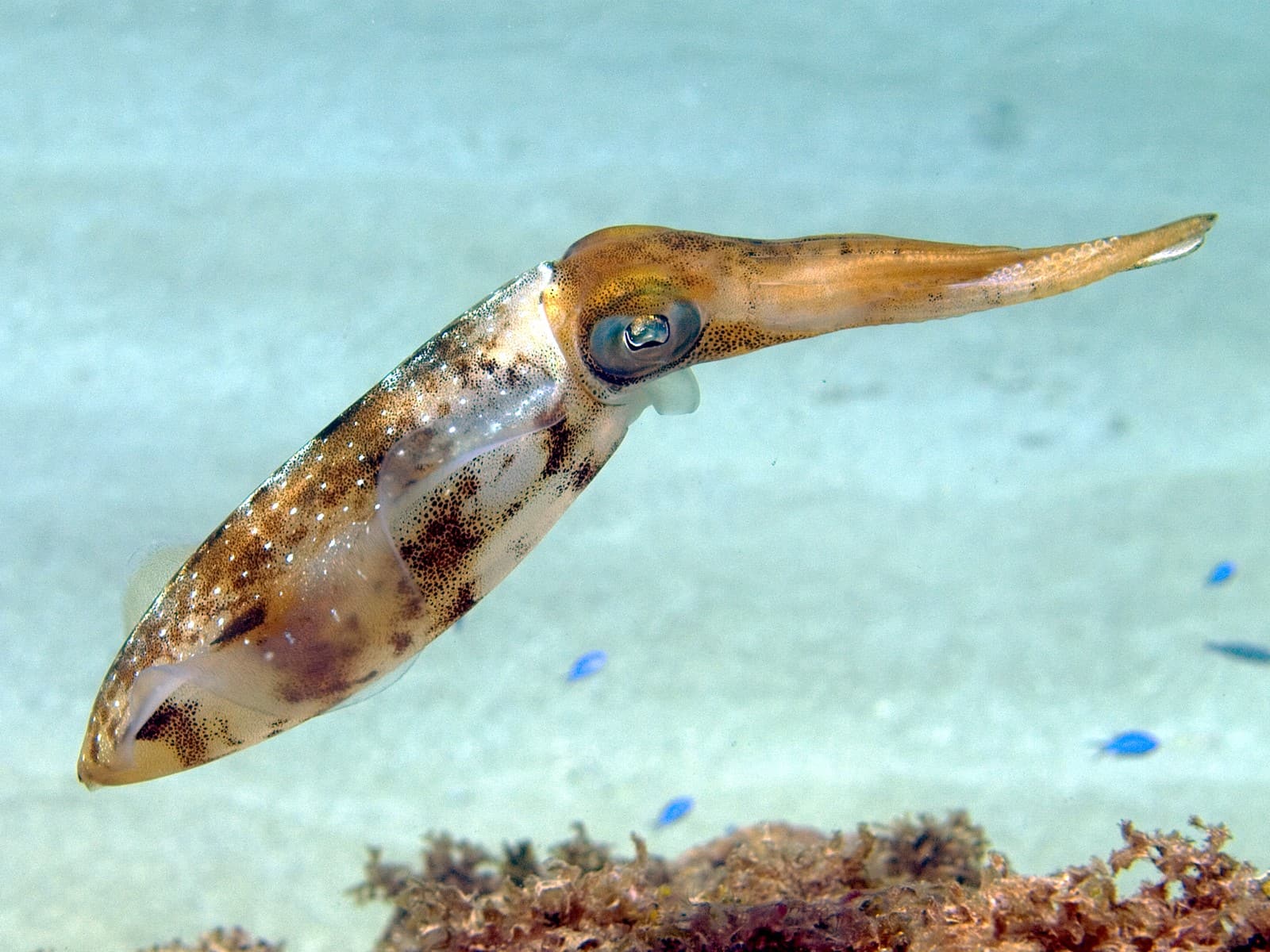Bumblebee vs Honey Bee: A Complete Comparison
When comparing bumblebees vs honey bees, several distinct characteristics set these crucial pollinators apart. Bumblebees are notably larger, measuring 0.6-1.0 inches (15-25mm) in length, while honey bees are smaller at 0.4-0.6 inches (10-15mm). These fascinating insects also differ significantly in their social structure, with honey bee colonies containing up to 50,000 individuals, while bumblebee colonies typically house just 50-400 members.
As a wildlife journalist who has spent decades documenting these remarkable insects, I’ve observed that the most striking difference lies in their appearance and behavior. Bumblebees are rounder, fluffier, and more robust, while honey bees maintain a slender, more streamlined profile. Understanding these distinctions helps us appreciate their unique roles in our ecosystems.
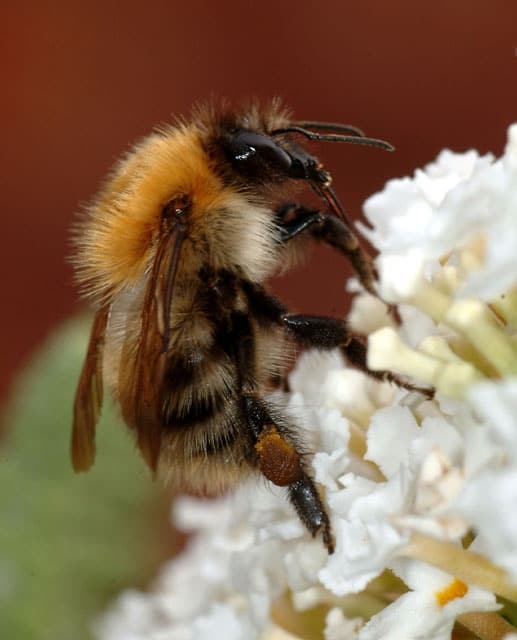
A bumblebee showcasing its characteristic robust body and dense fur coating, essential for temperature regulation during flight in cooler conditions. Note the distinctive round shape and thick legs typical of the genus Bombus.
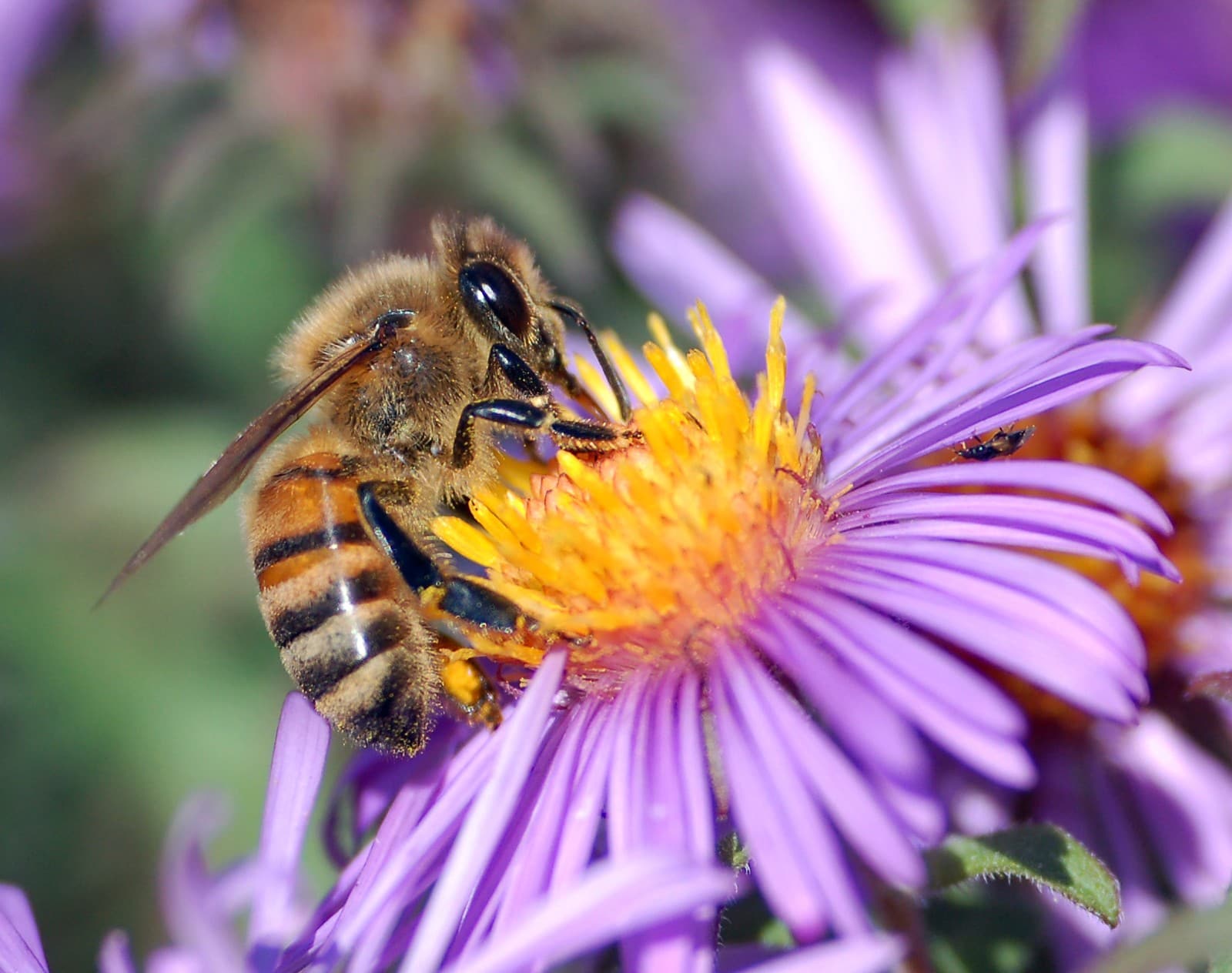
A honey bee demonstrating its sleeker profile and lighter fur coverage while foraging. The characteristic narrow waist and pointed abdomen are clearly visible, distinguishing it from its bumblebee cousin.
Key Differences Between Bumblebees and Honey Bees
| Feature | Bumblebee | Honey Bee |
|---|---|---|
| Size | 0.6-1.0 inches (15-25mm) | 0.4-0.6 inches (10-15mm) |
| Colony Size | 50-400 members | 20,000-50,000 members |
| Nesting | Ground nests, temporary colonies | Permanent hives above ground |
| Honey Production | Small amounts, not harvested | 60-100 lbs (27-45 kg) per year |
| Flight Temperature | Active at 50°F (10°C) | Active at 57°F (14°C) |
| Lifespan (Workers) | 4-6 weeks | 4-9 months |
Habitat and Nesting Behavior
Bumblebees and honey bees exhibit markedly different nesting preferences. Bumblebees typically establish colonies underground, often utilizing abandoned rodent burrows or natural cavities. Their colonies are annual, with only young queens surviving winter to start new colonies in spring. In contrast, honey bees build permanent hives above ground, creating elaborate wax combs that can house tens of thousands of individuals and persist for many years.
Pollination Efficiency
While both species are excellent pollinators, bumblebees demonstrate superior efficiency in certain conditions:
- Can fly in cooler temperatures and light rain
- Utilize “buzz pollination” for certain crops
- More effective at pollinating tubular flowers
- Active earlier and later in the day
Honey bees compensate with:
- Larger colony sizes
- More consistent flight patterns
- Greater honey production
- Year-round activity in warmer climates
Who Would Win in a Confrontation?
While neither species is naturally aggressive toward the other, bumblebees hold several physical advantages in defensive situations:
- Larger size and stronger flight muscles
- Can sting multiple times (vs. honey bee’s single sting)
- More resilient to cold temperatures
- Greater maneuverability in flight
However, honey bees’ strength lies in their numbers and colony defense strategies rather than individual combat capability.
Conservation Status and Threats
Both bumblebees and honey bees face significant challenges in today’s environment:
- Habitat loss and fragmentation
- Pesticide exposure
- Climate change impacts
- Disease and parasites
- Competition from invasive species
Understanding the distinct characteristics and needs of these vital pollinators is crucial for their conservation. While honey bees often receive more attention due to their agricultural importance, both species play irreplaceable roles in maintaining ecosystem health and biodiversity.
